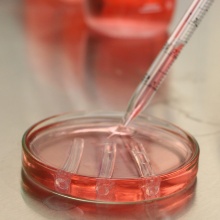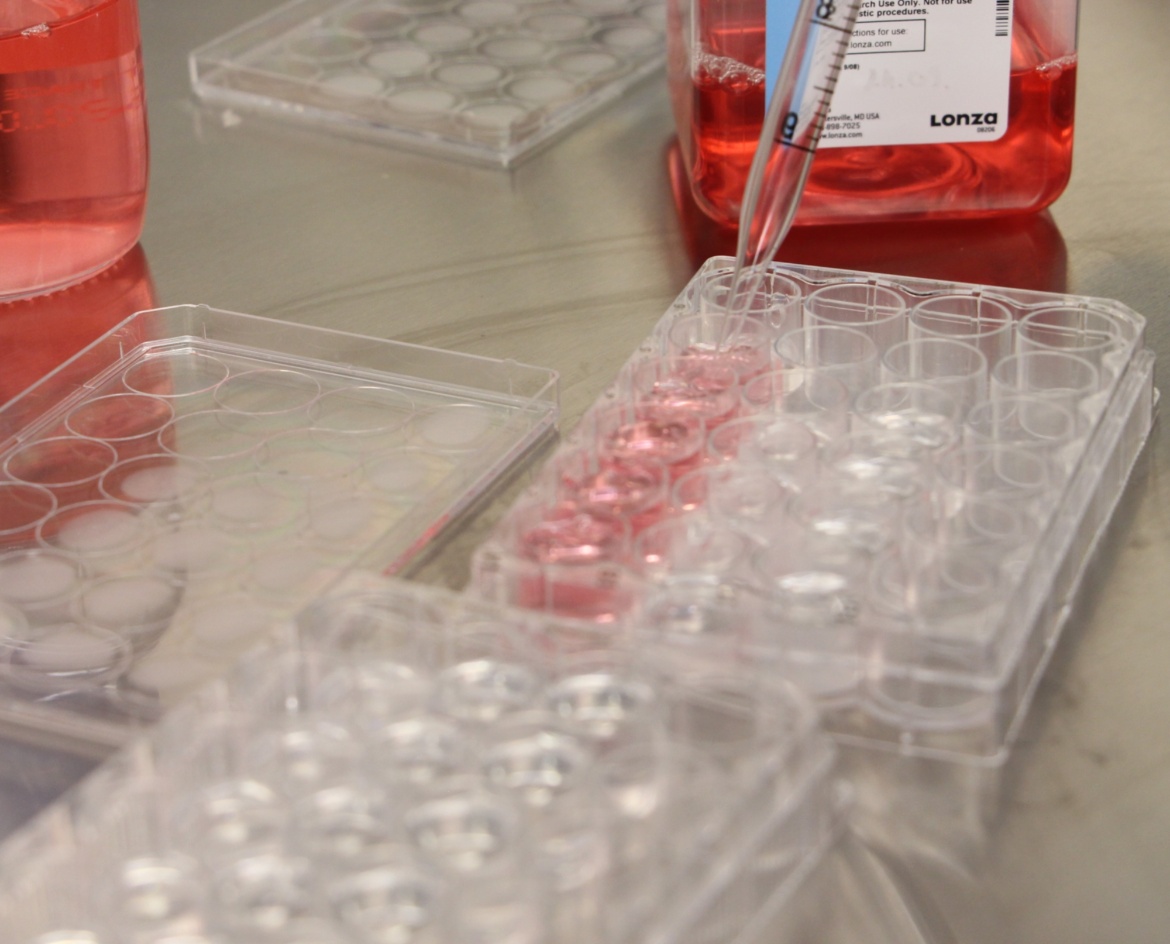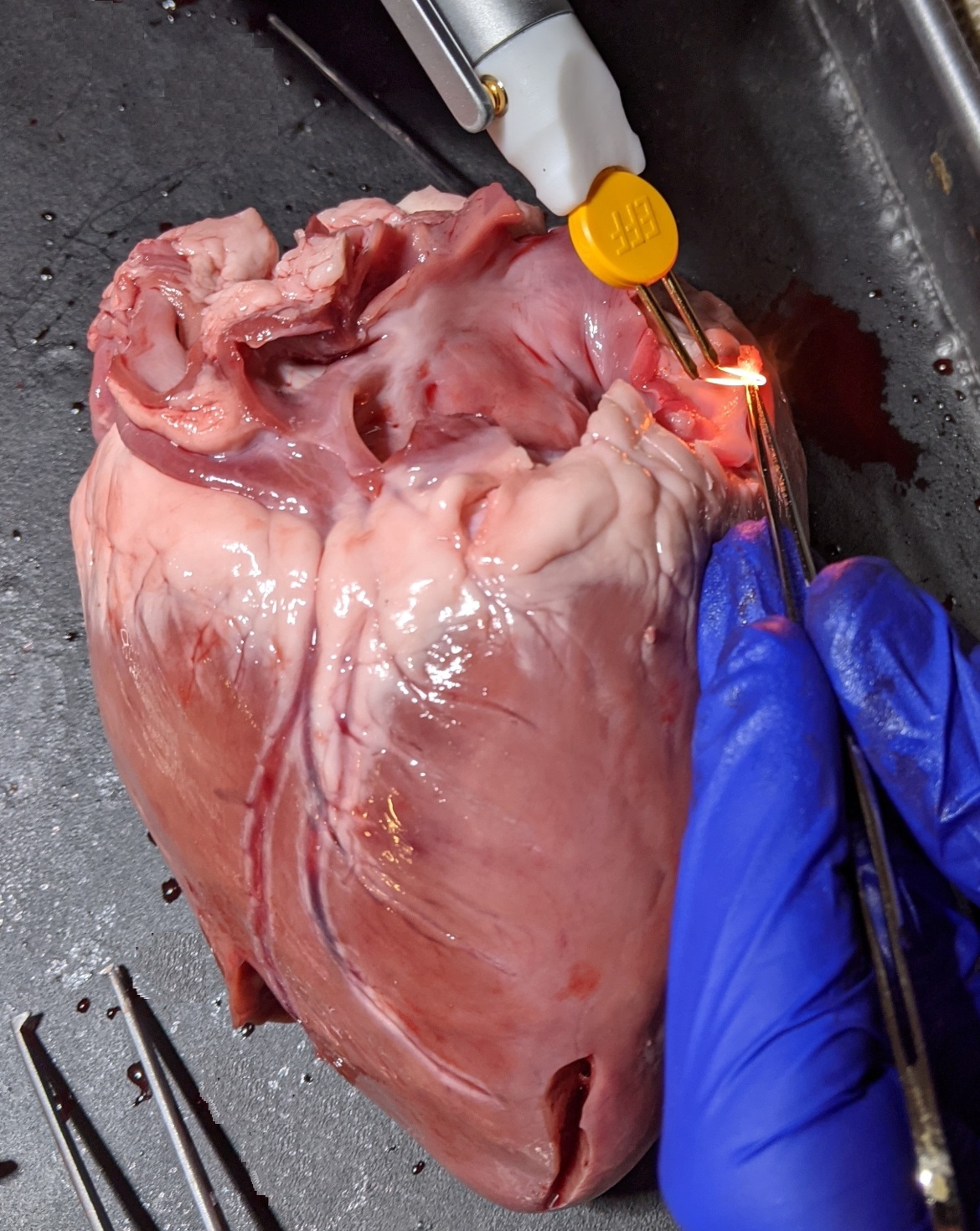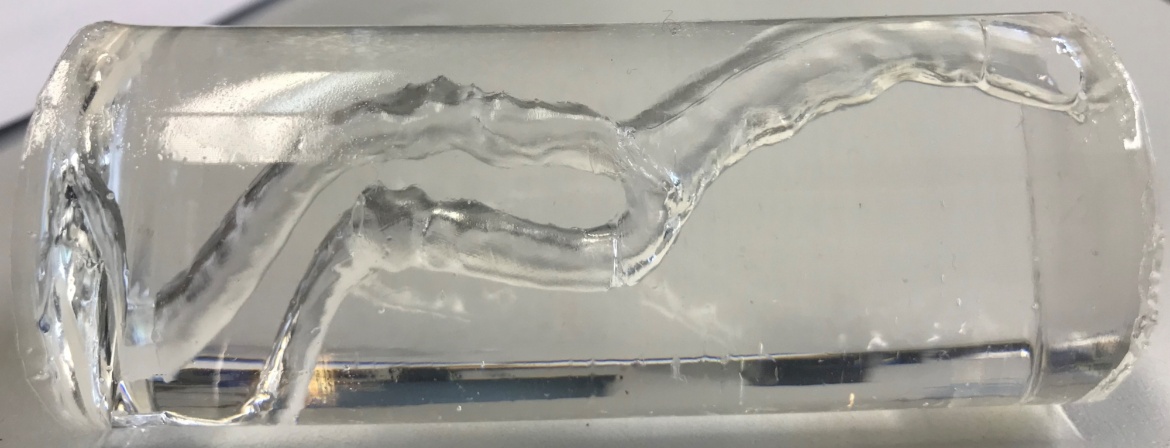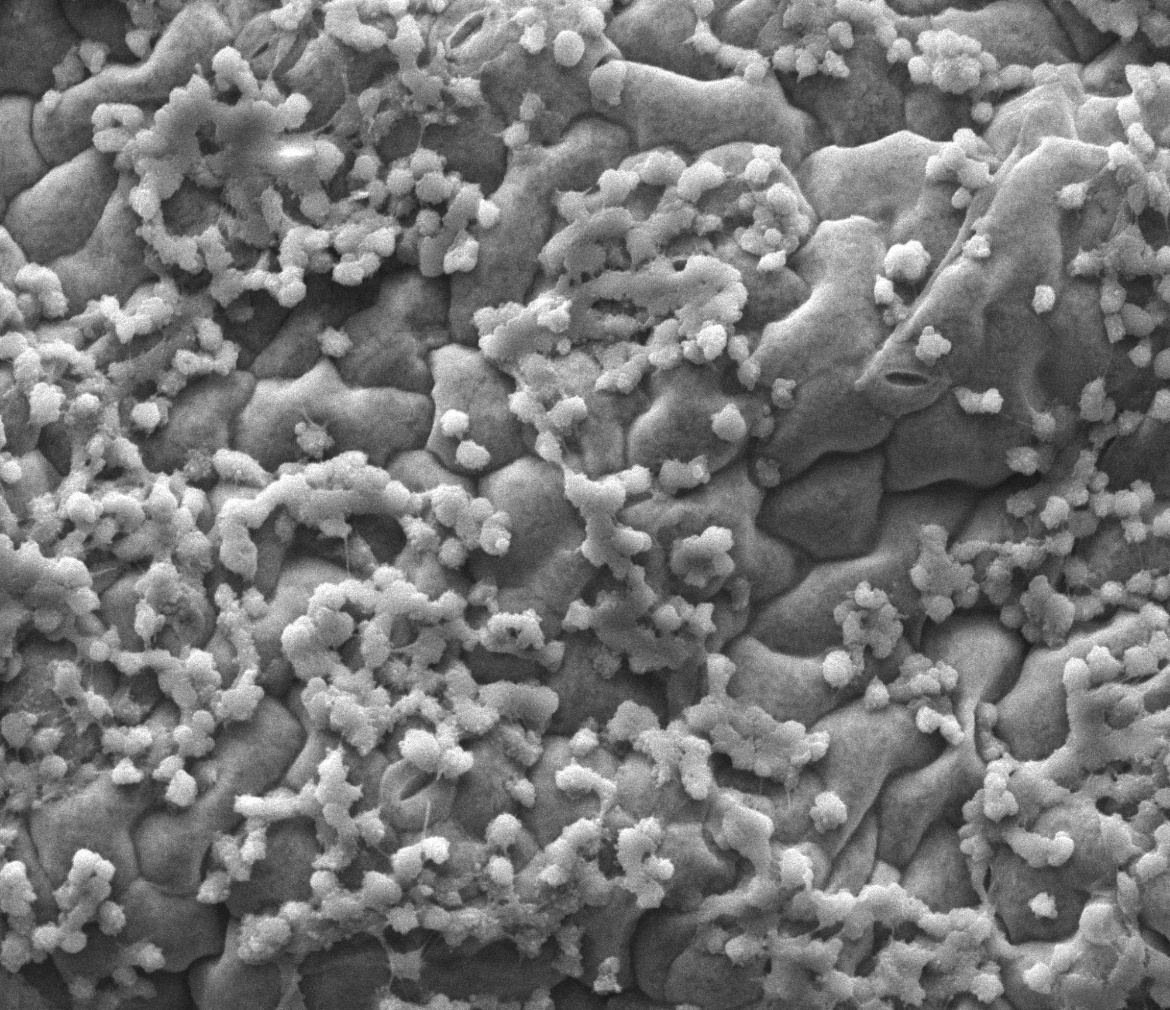Objective
So as to develop and investigate vascular implants with novel designs or materials and carrying out research on endovascular, catheter-based therapies, pre-clinical investigations within vessel models is a crucial stage. These models can be prepared from natural and synthetic sources employing various methods.
We aim at using different approaches to create a platform for the physiological in-vitro examination of vascular devices. We apply methods of tissue engineering - including both surface and bulk material engineering – adjusting the mechanical and biological properties of our models to provide a suitable host environment for cell seeding. A major aim is the implementation of a cell-compatible environment in a model that at the same time takes into account the mechanical and anatomical variability of human vasculature.
Projects
Decellularization of animal vessels provides attractive biological scaffolds with the advantage of preserving the native matrix for desired cells to be seeded. Besides, we exploit the advantages of tunable synthetic materials such as hydrogels to produce vascular models with desirable anatomical, mechanical and optical properties. On top of that, we are working on an innovative concept of “Green Vessels”, where we use unique structures derived from plants to provide available, naturally engineered scaffolds for a broad field of applications in vascular research.
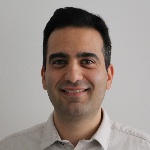
Ali Salehi
M. Sc.Research Assistant


